What Is A Digiscope ?
A digiscope is a device that allows you to attach a digital camera or smartphone to a traditional optical telescope or spotting scope. This enables you to capture photos or videos of distant objects or wildlife that you observe through the scope.
1、 Definition and Function of a Digiscope
A digiscope, short for digital microscope, is a device that combines the capabilities of a traditional microscope with digital imaging technology. It allows users to capture high-resolution images and videos of microscopic objects and view them on a computer or other digital device.
The main function of a digiscope is to magnify and visualize tiny objects that are otherwise invisible to the naked eye. It consists of a microscope body, an objective lens, an eyepiece, and a digital camera. The objective lens collects light from the specimen and focuses it onto the camera sensor, which captures the image. The image is then displayed on a screen, allowing users to observe and analyze the specimen in detail.
Digiscopes are widely used in various fields, including biology, medicine, research, education, and industry. They have revolutionized the way scientists and researchers study microscopic organisms, cells, tissues, and materials. With the ability to capture and store digital images, digiscopes enable easy documentation, sharing, and analysis of microscopic data.
In recent years, advancements in digital imaging technology have further enhanced the capabilities of digiscopes. Higher resolution cameras, improved image sensors, and advanced software have resulted in better image quality, increased magnification, and enhanced functionality. Some digiscopes also offer features like image stitching, time-lapse imaging, and fluorescence microscopy, expanding their applications in different scientific disciplines.
Overall, a digiscope is a powerful tool that bridges the gap between traditional microscopy and digital imaging, enabling scientists and researchers to explore the microscopic world with greater ease and precision.
2、 Types of Digiscopes and Their Features
A digiscope, short for digital microscope, is a device that combines the power of a traditional microscope with digital imaging technology. It allows users to capture high-resolution images and videos of microscopic objects and view them on a computer or other digital device.
There are several types of digiscopes available on the market, each with its own unique features and capabilities. One common type is the handheld digiscope, which consists of a microscope lens attached to a digital camera. This type of digiscope is portable and easy to use, making it ideal for fieldwork or on-the-go observations.
Another type is the digital eyepiece digiscope, which replaces the eyepiece of a traditional microscope with a digital camera. This allows users to directly view and capture images and videos through the microscope's eyepiece. Digital eyepiece digiscopes are often used in educational settings and research laboratories.
The latest advancements in digiscope technology have led to the development of wireless and smartphone-compatible digiscopes. These devices can be connected to smartphones or tablets, allowing users to view and capture images directly on their mobile devices. This makes digiscopes more accessible and user-friendly, as they can be easily integrated into everyday life and used for various purposes, such as hobbyist photography, scientific research, and educational demonstrations.
In addition to their imaging capabilities, many digiscopes also offer features such as adjustable magnification, image stabilization, and built-in lighting. Some models even have advanced software that allows for image analysis and measurement.
Overall, digiscopes have revolutionized the field of microscopy by combining the power of traditional microscopes with the convenience and versatility of digital imaging technology. They have become essential tools for scientists, educators, and hobbyists alike, enabling them to explore and document the microscopic world with ease and precision.
3、 Advantages and Disadvantages of Digiscoping
What is a digiscope?
A digiscope is a combination of a digital camera and a spotting scope or a telescope. It allows users to capture high-quality images and videos of distant objects or wildlife by attaching a camera to the eyepiece of the scope. This technology has gained popularity among nature enthusiasts, birdwatchers, and photographers who want to capture detailed images of distant subjects.
Advantages of Digiscoping:
1. Increased Magnification: Digiscoping allows users to achieve higher magnification levels than traditional photography equipment. This is particularly useful for capturing detailed images of wildlife or distant objects.
2. Cost-effective: Compared to purchasing a high-end telephoto lens, digiscoping can be a more affordable option. By utilizing an existing spotting scope or telescope, users can achieve similar results without the need for expensive camera equipment.
3. Versatility: Digiscoping is not limited to specific camera models or brands. It can be used with a wide range of cameras, including smartphones, compact cameras, and DSLRs, making it accessible to a broader audience.
Disadvantages of Digiscoping:
1. Image Quality: While digiscoping can produce impressive results, the image quality may not match that of a dedicated telephoto lens. Factors such as atmospheric conditions, vibrations, and the quality of the spotting scope can affect the sharpness and clarity of the images.
2. Limited Field of View: Digiscoping typically offers a narrower field of view compared to traditional photography. This can make it challenging to capture fast-moving subjects or to compose shots effectively.
3. Setup and Stability: Setting up a digiscoping rig can be time-consuming and requires careful alignment of the camera and the scope. Additionally, stability is crucial to avoid camera shake and blurriness in the images.
In recent years, advancements in camera technology and digiscoping accessories have improved the overall experience. Some spotting scope manufacturers now offer dedicated adapters and smartphone apps that enhance the digiscoping process, making it more user-friendly and accessible to beginners.
4、 Digiscoping Techniques and Tips for Beginners
A digiscope, short for digital scope, is a technique that combines a digital camera or smartphone with a spotting scope or binoculars to capture high-quality images or videos of distant objects. It allows nature enthusiasts, birdwatchers, and photographers to capture detailed images of wildlife, landscapes, and celestial objects that are otherwise difficult to photograph.
The process involves attaching the camera or smartphone to the eyepiece of the spotting scope or binoculars using a specialized adapter. This setup enables the camera to utilize the magnification power of the scope, resulting in close-up shots with impressive clarity and detail. Digiscoping offers a cost-effective alternative to purchasing expensive telephoto lenses, making it a popular choice among amateur photographers.
In recent years, advancements in smartphone camera technology have made digiscoping even more accessible and convenient. Many smartphones now feature high-resolution cameras with optical image stabilization and advanced zoom capabilities, allowing users to capture stunning images through their scopes. Additionally, there are numerous digiscoping apps available that provide additional features such as manual focus, exposure control, and image stabilization.
To achieve the best results, it is important to use a stable tripod or mount to minimize camera shake and ensure sharp images. Experimenting with different camera settings, such as ISO, shutter speed, and aperture, can also help optimize image quality. Furthermore, practicing patience and learning to anticipate the movements of the subject can greatly enhance the success rate of capturing that perfect shot.
Overall, digiscoping is a versatile and exciting technique that allows photographers to explore new perspectives and capture stunning images of the world around them. With the continuous advancements in technology, the possibilities for digiscoping are only expanding, making it an increasingly popular choice for both beginners and experienced photographers.






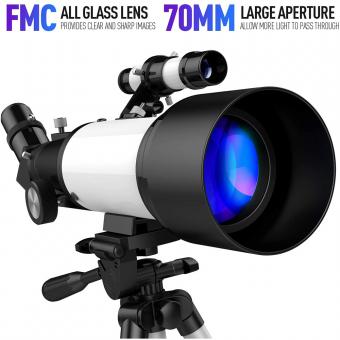



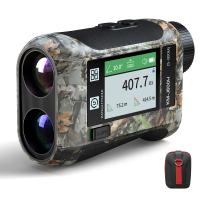

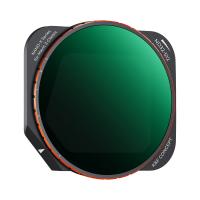

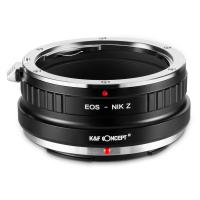
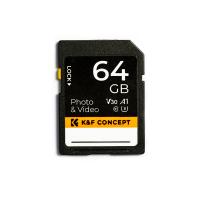



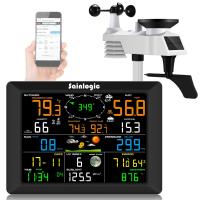

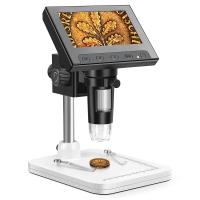
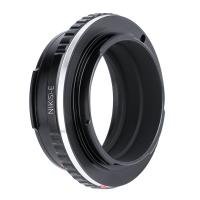

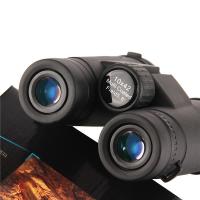
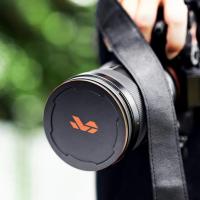

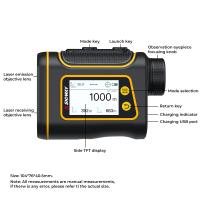


There are no comments for this blog.